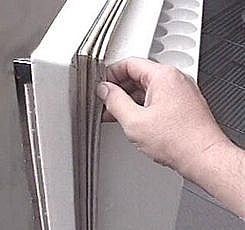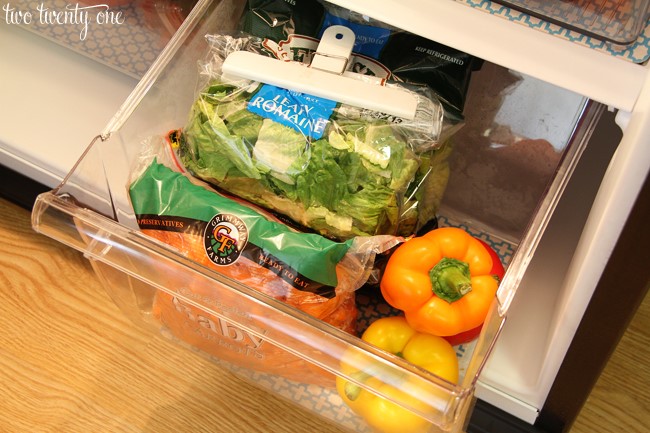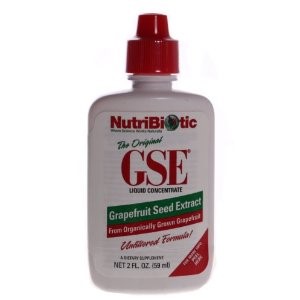The Worst Germ Hot Spots in Your Home (and How to Handle Them)
You hear “germs” and you immediately think of bathrooms (with toilets in particular), correct? And you’re so right, but there are many other places that are equally packed with bacteria and harmful microbes. If you’re a germaphobe, this article may not be for you. But for those of you that can take it on, here are 11 of the worst germ spots in any home—spots that truly need heavy handed cleaning. (And we can thank one of my favorite sites, Care2, for this important information.)
1. Kitchen Sink: Some estimates say there are over 500,000 bacteria in a typical kitchen sink—1000 times more than the bacteria in an average toilet. (ME: I had NO idea!)

3. Dish Cloths and Dish Towels: The same report also said that dish cloths, towels, and sponges were frequently contaminated with methicillin-resistant staphylococcus aureus (MRSA) which can cause life-threatening infections.
4. Soap Dispensers: How ironic is this? But it’s true, The Journal of Food Protection found norovirus on all sorts of surfaces, including many soap dispensers.

6. Vacuum Cleaners: Brace yourself: even vacuum cleaners are microbial hot zones. According to a study published in The Journal of the Royal Society for the Promotion of Health (England), vacuum cleaners can collect, harbor, and spread bacteria every time you vacuum. As a result they can be a source of gastrointestinal infection.
7. Garbage Disposals: Food routinely comes in contact with garbage disposals when we throw it out, making garbage disposals serious bacterial mosh pits. That means it’s necessary to wash your hands, dishes, and utensils every time they come in contact with the garbage disposal.
8. Welcome Mats: Microbiology studies show that very often 96% of two-week-old shoes had E. coli on their exterior. E.coli causes intestinal and urinary tract infections, among others. Additionally, microbiologists have found high levels of Klebsiella pneumonia and Serratia ficaria, causes of serious respiratory infections and wounds. All of these microbes find their way onto welcome mats and then into your home.

10. Refrigerator Meat Drawers: NSF International also found that refrigerator meat drawers typically contain Salmonella, E.coli, yeasts, and molds.

OK, I’m so grossed out now I can hardly wait to finish this article and deal with all these areas using my tougher-than-nails cleaner/disinfectant, GSE. GSE, which stands for Grapefruit Seed Extract. And here’s why I use GSE:

GSE has been proven in laboratory tests to be 10 to 100 times more effective as a disinfectant than chlorine, colloidal silver, and iodine. The USDA tested GSE and found it effective against four animal viruses: Foot and Mouth Disease, African Swine fever, Swine Vesicular Disease, and Avian influenza.
In a quart-sized plastic spray bottle filled with distilled water, I mix 2 drops of GSE per ounce of water, 10 drops of lavender essential oil, and 15 drops of peppermint essential oil (or more if you like the aroma of peppermint). I shake this well and use it for all my disinfecting.
And since this is cold and flu season, it’s good to know that gargling with GSE and water will handle the most resistant Strep germs. Doctors recommend gargling with 2 or 3 drops in 5 ounces of water.
Finally, here are two more super uses for GSE: (1) Drinking Water can be made safe by adding 10 drops for each gallon of clear water. Agitate or mix vigorously and let it rest for a few minutes. And (2) it can be used as a prophylactic agent (something that wards off disease) for those who travel abroad.
- www.care2.com
- www.beeradvocate.com
- www.startribune.com
- www.twotwentyone.net
- www.changingbadhabits.com
 Alice Osborne
Alice Osborne
Weekly Newsletter Contributor since 2006
Email the author! alice@dvo.com
